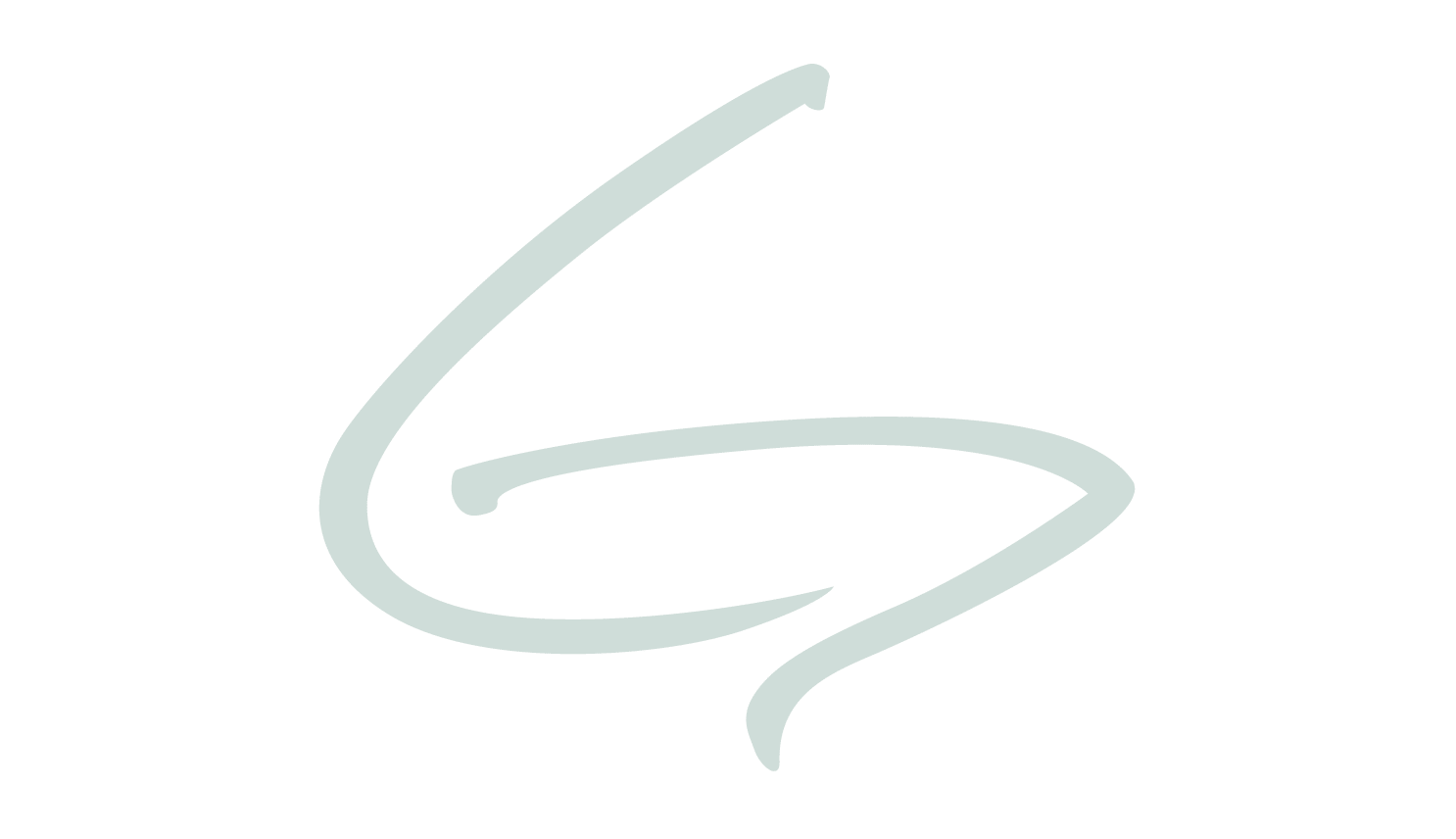August-June
This program engages students in a hands-on exploration of Ohio’s natural areas. We will focus on using our senses while building observation skills and applying them to learning about our environment. This is an ideal program for a first time visit to Greenacres or for students to become more comfortable in nature.
Ohio Science Standards:
- SWK Grade K-2: The world is discovered through exploration.
- SWK Grade K-2: Exploration leads to observation. Observation leads to questions.
- PS Grade K: Objects and materials can be sorted and described by their properties.
- PS Grade K: Some objects and materials can be made to vibrate to produce sound.
NGSS Standards:
- K.LS1.1. Use observations to describe patterns of what plants and animals (including humans) need to survive.
- K.MD.A.2. Directly compare two objects with a measurable attribute in common, to see which object has “more or”/”less of” the attribute, and describe the difference.
Video Introduction and Vocabulary:
senses, sight, sound, smell, touch, taste, observation
